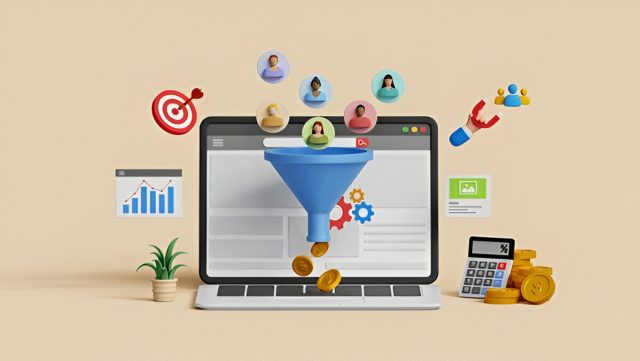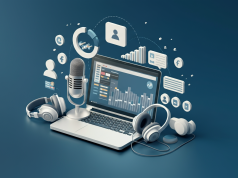The days of interrupting customers with pushy sales tactics are over. Modern consumers research, compare, and make purchasing decisions on their own terms. They block ads, skip commercials, and ignore cold calls. But they do seek out helpful content that solves their problems.
This shift in consumer behavior has made inbound marketing not just popular, but essential. Unlike traditional outbound marketing that broadcasts messages to large audiences hoping someone will bite, inbound marketing creates valuable experiences tailored to your ideal customers. It draws people to your business naturally through content they actually want to consume.
The inbound marketing funnel provides a framework for this approach, guiding prospects through three key stages: attract, engage, and delight. Each stage serves a specific purpose in building relationships that turn strangers into customers and customers into advocates. Understanding how this funnel works can transform how you think about marketing and help you build sustainable growth for your business.
What Is the Inbound Marketing Funnel?
The inbound marketing funnel represents the journey potential customers take from first discovering your brand to becoming loyal advocates who refer others. Unlike traditional sales funnels that focus primarily on closing deals, the inbound approach emphasizes building trust and providing value at every touchpoint.
This methodology was popularized by HubSpot and has become the foundation for content marketing strategies worldwide. The funnel consists of three main stages, each designed to meet people where they are in their buying journey and gently guide them toward a purchase decision.
The beauty of inbound marketing lies in its alignment with how people naturally make purchasing decisions. Rather than pushing your message onto reluctant audiences, you create helpful resources that people actively seek out. This approach builds trust, establishes expertise, and creates positive associations with your brand long before someone is ready to buy.
Stage 1: Attract
The attract stage focuses on drawing the right people to your business through valuable content and experiences. Your goal is to become a trusted resource for your target audience by addressing their pain points, answering their questions, and providing insights they can’t find elsewhere.
Content That Draws People In
Blog posts form the backbone of most attraction strategies. When someone searches for information related to your industry, you want your content appearing in those search results. This requires understanding what your ideal customers are actually searching for and creating content that directly addresses those queries.
Educational content performs particularly well during the attract stage. How-to guides, industry reports, comparison articles, and problem-solving resources naturally attract people who are researching solutions. The key is providing genuine value without requiring anything in return at this stage.
Video content has become increasingly important for attraction. Whether it’s explainer videos, behind-the-scenes content, or educational tutorials, video helps people connect with your brand on a more personal level while consuming information in their preferred format.
Search Engine Optimization

Creating great content means nothing if people can’t find it. Search engine optimization ensures your valuable resources appear when your ideal customers are looking for information. This involves researching relevant keywords, optimizing your content structure, and building authority through quality backlinks.
Long-tail keywords often provide the best opportunities during the attract stage. While “marketing software” might be too competitive to rank for initially, “how to choose marketing automation software for small businesses” could be much more achievable and attract highly qualified visitors.
Technical SEO factors like page speed, mobile responsiveness, and site structure also impact your ability to attract organic traffic. Search engines prioritize websites that provide excellent user experiences, so investing in these technical elements supports your content efforts.
Social Media Strategy
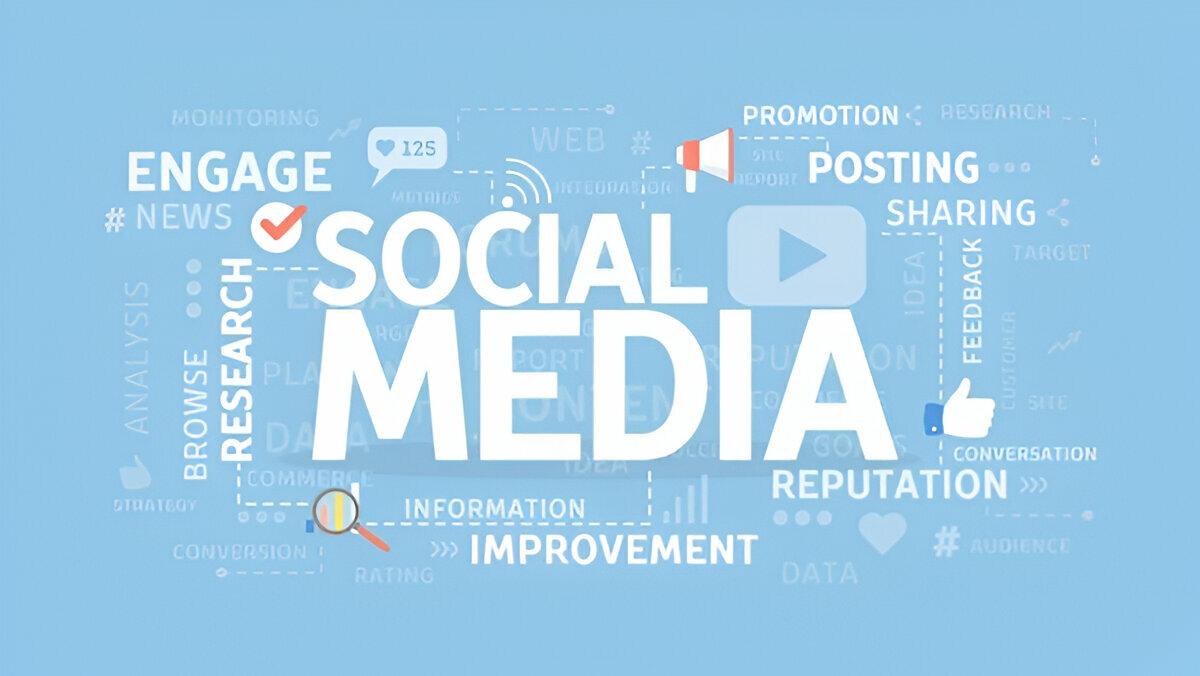
Social media platforms offer another avenue for attracting potential customers. Each platform has its own culture and content preferences, so successful attraction requires tailoring your approach accordingly.
LinkedIn works well for B2B companies sharing industry insights and thought leadership content. Instagram might be perfect for businesses with visual products or behind-the-scenes stories. Twitter can help you join industry conversations and share quick tips or insights.
The key is consistency and authenticity. People can sense when brands are genuinely trying to help versus simply promoting themselves. Focus on sharing valuable information and engaging in real conversations rather than broadcasting promotional messages.
Stage 2: Engage
Once you’ve attracted visitors to your website or social media profiles, the engage stage focuses on building relationships with those who show genuine interest in what you offer. This is where you begin converting anonymous visitors into known prospects by offering additional value in exchange for their contact information.
Lead Magnets and Valuable Offers
Lead magnets are resources valuable enough that people willingly provide their email address to access them. Effective lead magnets solve specific problems for your target audience and give them a taste of the expertise you can provide.
Ebooks, whitepapers, and research reports work well for audiences seeking in-depth information. Templates, checklists, and tools appeal to people who want practical resources they can implement immediately. Webinars and courses suit audiences who prefer interactive learning experiences.
The best lead magnets feel like natural next steps from your blog content. If someone reads your article about email marketing best practices, offering a detailed email template library makes perfect sense. This creates a smooth transition from consuming free content to engaging more deeply with your brand.
Email Marketing and Nurturing
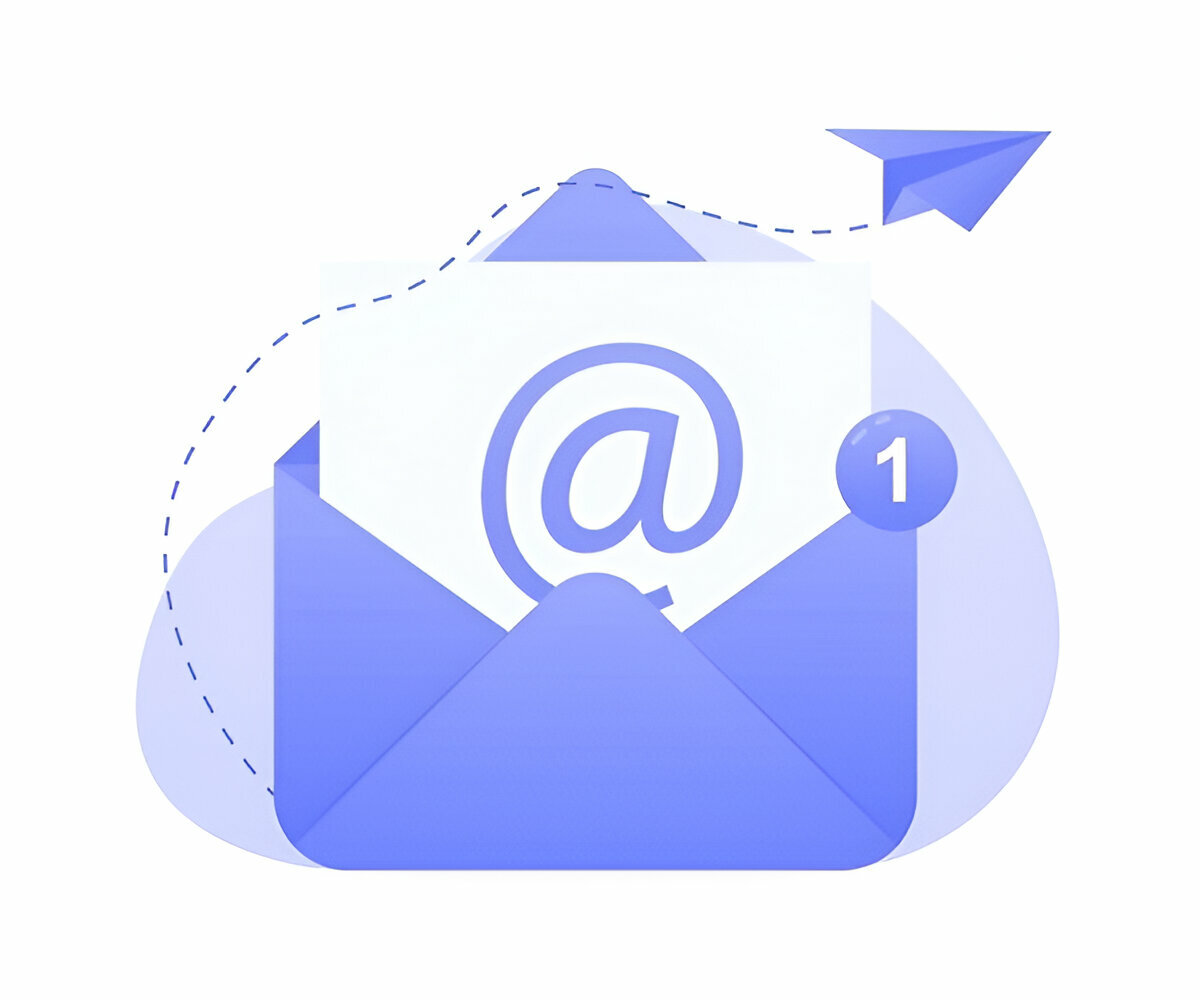
Email remains one of the most effective channels for engaging prospects over time. Once someone joins your email list, you can provide ongoing value while gently educating them about your solutions.
Welcome email sequences help new subscribers understand what to expect from your communications while delivering immediate value. These automated sequences can share your best content, introduce your team, and explain how your products or services can help them achieve their goals.
Regular newsletters keep your brand top-of-mind between purchase cycles. The most effective newsletters balance educational content with subtle promotion, ensuring subscribers gain value from every email while learning about your offerings.
Segmentation allows you to tailor your messaging based on subscriber interests, behavior, or demographics. Someone who downloaded a social media guide probably has different needs than someone who requested information about email marketing tools.
Personalization and Targeting
Modern marketing automation tools make it possible to deliver personalized experiences at scale. You can show different website content based on how someone found your site, send targeted emails based on their download history, or recommend specific resources based on their industry.
Progressive profiling helps you learn more about subscribers over time without overwhelming them with long forms initially. Each interaction provides opportunities to gather additional information that enables more relevant communications.
Behavioral triggers can automatically deliver timely messages based on specific actions. Someone who visits your pricing page multiple times might receive a case study showing ROI from your solution. A subscriber who hasn’t opened emails recently might get a re-engagement campaign.
Converting Visitors to Leads
Landing pages play a crucial role in converting attracted visitors into engaged leads. These focused pages remove distractions and guide visitors toward a single desired action, whether that’s downloading a resource, signing up for a webinar, or requesting a consultation.
Effective landing pages clearly communicate the value visitors will receive while addressing potential objections or concerns. Social proof elements like testimonials, customer logos, or usage statistics help build trust with people who aren’t familiar with your brand.
Forms should request only the information you need at that stage of the relationship. Asking for too much information upfront can reduce conversion rates, while gathering the minimum viable information allows you to continue the conversation and collect additional details over time.
Stage 3: Delight
The delight stage focuses on turning customers into promoters who actively recommend your business to others. This stage is often overlooked, but it’s where the most valuable long-term growth happens. Delighted customers have higher lifetime value, lower churn rates, and become powerful advocates for your brand.
Customer Success and Support
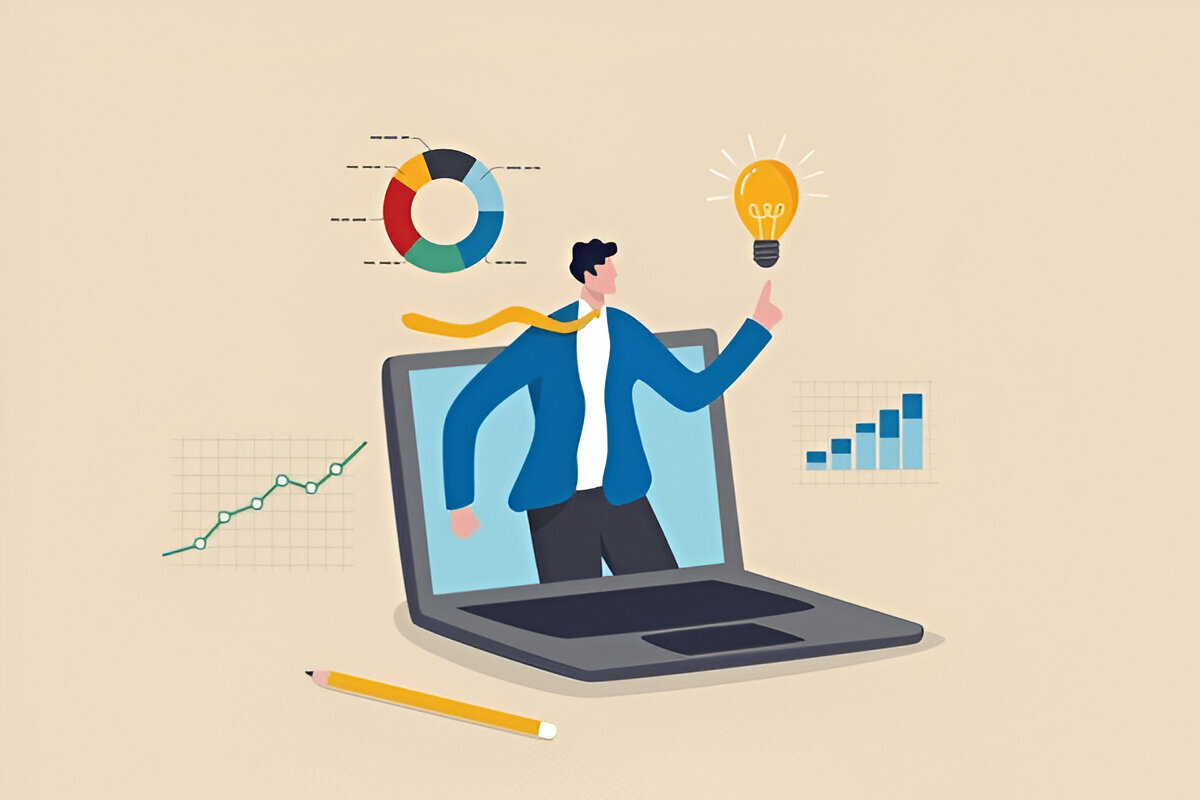
Exceptional customer support creates delightful experiences that exceed expectations. This means responding quickly to questions, proactively solving problems, and making it easy for customers to get the help they need.
Self-service resources like knowledge bases, video tutorials, and FAQs help customers find answers immediately while reducing support ticket volume. These resources should be easily searchable and regularly updated based on common questions.
Proactive communication keeps customers informed about new features, best practices, or potential issues before they become problems. Regular check-ins with key accounts help identify expansion opportunities while ensuring customers achieve their desired outcomes.
Ongoing Value Creation
Delighting customers requires continuously providing value beyond your core product or service. This might include exclusive content, advanced training, early access to new features, or invitations to special events.
Customer education programs help people get maximum value from their investment while building deeper relationships with your brand. Webinar series, certification programs, or user conferences create communities around your products while positioning your company as a trusted advisor.
Regular surveys and feedback collection show customers that their opinions matter while providing insights for improving your offerings. Acting on this feedback and communicating changes back to customers demonstrates your commitment to their success.
Turning Customers into Advocates
Referral programs provide structured ways for happy customers to recommend your business while receiving recognition or rewards for their efforts. The most effective programs make it easy to refer others while offering meaningful incentives.
Case studies and testimonials showcase customer success stories while providing social proof for prospects. Customers often appreciate the recognition that comes with being featured in your marketing materials.
User-generated content campaigns encourage customers to share their experiences with your products or services. This authentic content often resonates more strongly with prospects than traditional marketing messages.
Customer advisory boards or user groups create exclusive communities where your best customers can influence product direction while building deeper relationships with your team and each other.
Measuring Funnel Performance
Tracking the right metrics helps you understand how well your inbound marketing funnel is performing and where improvements are needed. Different metrics matter at each stage of the funnel.
Attract Stage Metrics
Website traffic volume and sources show how effectively you’re drawing people to your content. Organic search traffic indicates SEO success, while social media traffic reflects your social content performance.
Content engagement metrics like time on page, bounce rate, and pages per session reveal whether visitors find your content valuable enough to consume fully and explore further.
Brand awareness surveys and social media mentions help gauge whether your attraction efforts are increasing overall brand recognition within your target market.
Engage Stage Metrics
Conversion rates from visitor to lead indicate how well your lead magnets and landing pages perform. These rates vary by industry and traffic source, so focus on improving your own baselines rather than comparing to external benchmarks.
Email engagement metrics like open rates, click rates, and list growth show whether your email marketing resonates with subscribers. Declining engagement might indicate a need for better segmentation or more valuable content.
Lead quality scores help determine whether you’re attracting the right types of prospects. High conversion rates mean nothing if those leads never become customers.
Delight Stage Metrics
Customer satisfaction scores, Net Promoter Scores, and customer effort scores measure how well you’re meeting and exceeding customer expectations.
Customer lifetime value and retention rates indicate whether delighted customers are staying longer and spending more with your business.
Referral rates and customer advocacy participation show whether customers are actively promoting your brand to others.
Building Your Inbound Marketing Strategy
Creating an effective inbound marketing funnel requires careful planning and consistent execution. Start by deeply understanding your target audience, their challenges, and how they prefer to consume information.
Develop buyer personas that represent your ideal customers, including their demographics, pain points, goals, and content preferences. These personas should guide your content creation and distribution decisions throughout the funnel.
Create a content calendar that addresses different stages of the buyer journey while maintaining consistent publishing schedules. Balance educational content that attracts new visitors with nurturing content that moves prospects toward purchase decisions.
Invest in the right tools and technology to support your inbound marketing efforts. Marketing automation platforms, customer relationship management systems, and analytics tools help you deliver personalized experiences while measuring results.
Most importantly, commit to providing genuine value at every touchpoint. The inbound methodology works because it prioritizes customer needs over company goals, creating win-win relationships that drive sustainable growth.
You can also read: How to Improve Your Inbound Marketing Strategy for Better Results
Maximizing Your Inbound Marketing Success
The inbound marketing funnel provides a proven framework for building relationships that drive business growth. By focusing on attracting the right people, engaging them with valuable content, and delighting them with exceptional experiences, you create a sustainable competitive advantage that compounds over time.
Success with inbound marketing requires patience and consistency. Unlike paid advertising that can generate immediate results, inbound marketing builds momentum gradually as your content library grows, your search rankings improve, and your reputation spreads.
The businesses that excel with inbound marketing treat it as a long-term investment in customer relationships rather than a short-term tactic for generating leads. They consistently create valuable content, nurture prospects with helpful information, and exceed customer expectations at every opportunity.
Start implementing your inbound marketing funnel by identifying your target audience’s biggest challenges and creating content that addresses those challenges better than anyone else in your industry. Focus on being genuinely helpful, and the business results will follow naturally.

